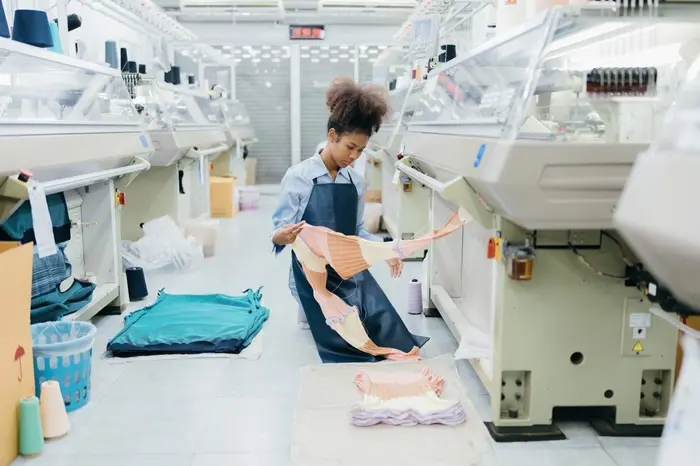The apparel industry is undergoing a significant transformation as automation technologies—including robotic sewing, artificial intelligence (AI), and predictive analytics—reshape production processes. This shift not only boosts efficiency but also promotes sustainability and facilitates mass customization, enhancing the competitiveness of apparel manufacturers. However, it also raises critical concerns about job displacement and the need for workforce upskilling.
Traditionally reliant on labor-intensive methods, the apparel sector is now embracing automation, which is redefining operational standards. From robotic garment assembly to AI-driven analytics, these advancements streamline production and support sustainable practices. Inspired by lean manufacturing frameworks such as the Toyota Production System (TPS), automation aims to enhance productivity, lower costs, and enable quicker, more tailored clothing production. This article delves into the key automation technologies transforming the fashion landscape, their implications for labor markets, sustainability, competitiveness, and the broader economic impact of this industrial shift.
The Toyota Production System: A Model for Efficiency
Developed in the mid-20th century, the principles of the Toyota Production System (TPS) have revolutionized various industries by prioritizing efficiency, waste reduction, and continuous improvement. The apparel industry has gradually adopted these principles since the 1980s, using them as a framework for optimizing production and inventory management.
Central to TPS is Just-in-Time (JIT) production, which emphasizes manufacturing items only as needed, thereby eliminating excess inventory and reducing storage costs. This approach is particularly relevant in the fast fashion sector, where trends change rapidly and manufacturers must quickly produce and deliver garments in response to consumer demand. When combined with automation, TPS enables greater flexibility, responsiveness, and efficiency, allowing apparel companies to streamline production, enhance product quality, and shorten lead times—essential factors for maintaining competitiveness in a fast-paced market.
Key Automation Technologies Shaping the Apparel Industry
Automation technologies are fundamentally altering garment production, enabling manufacturers to scale operations while minimizing costs and improving quality. Among the most influential technologies are:
Robotic Sewing Machines: Traditionally, sewing has been one of the most labor-intensive aspects of garment manufacturing, primarily due to the challenges of working with soft, flexible fabrics. Recent advancements in robotics have enabled machines to autonomously manage delicate fabric manipulation, stitching garments with remarkable speed and precision. Robotic sewing machines reduce reliance on manual labor, enhance production speeds, and improve consistency in the final products.
As the apparel industry continues to adapt to these automation technologies, stakeholders must balance the benefits of increased efficiency with the potential challenges posed to the workforce. The need for upskilling and workforce adaptation remains critical to ensuring that the benefits of this technological revolution are shared across the industry.
Related Topics:
How to Match Black Wide-Leg Pants

